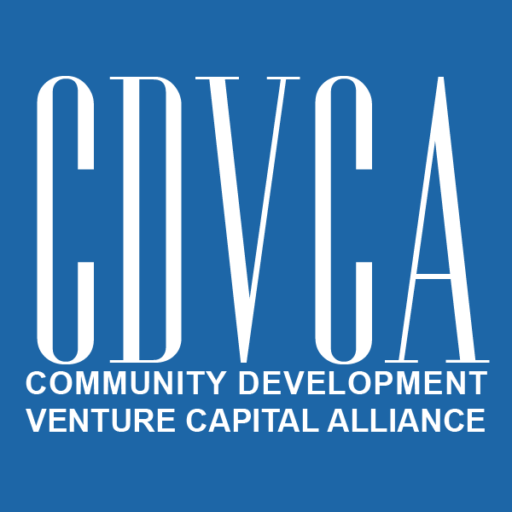New CDVCA Website Coming Soon!
Small Impact Investment Funds Outperform Conventional Funds of the Same Size
On June 25, 2015, Cambridge Associates and the Global Impact Investing Network (GIIN) published a report titled “Introducing the Impact Investing Benchmark.” This report contains findings from the first comprehensive analysis of the financial performance of market rate private equity and venture capital impact investing funds. At launch, participants of this Impact Investing Benchmark comprised 51 private investment (PI) funds with social impact objectives.
Notable findings from the report:
Impact investment funds outperform conventional Private Investment funds. Between 1998 and 2004, smaller impact investment funds that raised under $100 million returned a net IRR of 9.5% to investors, outperforming comparative, similar-sized funds that did not focus on impact investments (4.5%). These smaller funds also outperformed larger impact investment funds over $100 million (8.3%) and comparative funds over $100 million (8.3%).
Impact investment funds focused on emerging markets perform better than those in developed markets. Emerging markets (EM) impact investment funds had a return of 9.1% compared to 4.8% for developed markets. EM impact investment funds focused on Africa returned 9.7%.
Impact investment funds are no exception to how important manager selection is to the investment process. Reinforcing manager selection and due diligence are critical in the investment process (especially the first year) for achieving superior returns and in risk management for impact investment funds.
Data is scarce for both the young impact investing industry and the Impact Investing Benchmark; performance will change as new funds are added and older funds mature. The 51 PI funds in the Impact Investing Benchmark held assets of $6.4 billion compared to the $293 billion held by 705 funds in the comparative universe. However, this report marks an important first step in advancing investors’ ability to measure and evaluate impact investment fund performance, which can facilitate the impact industry’s growth.
